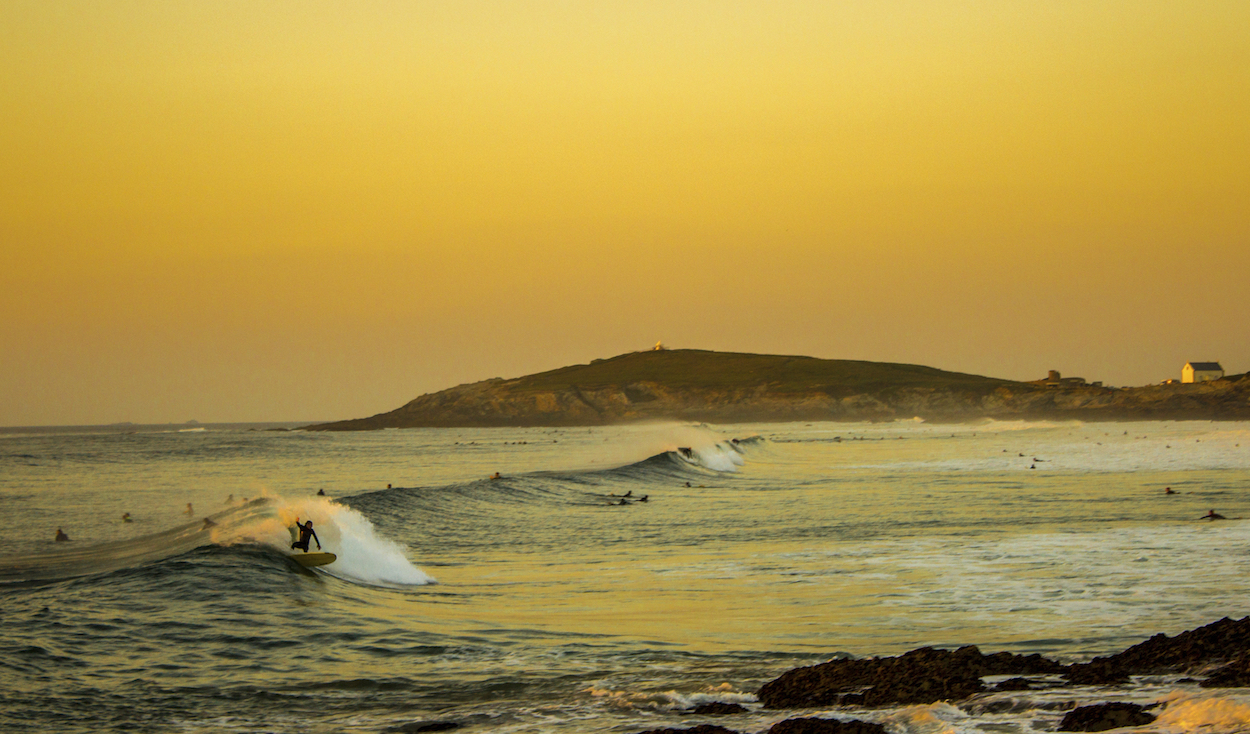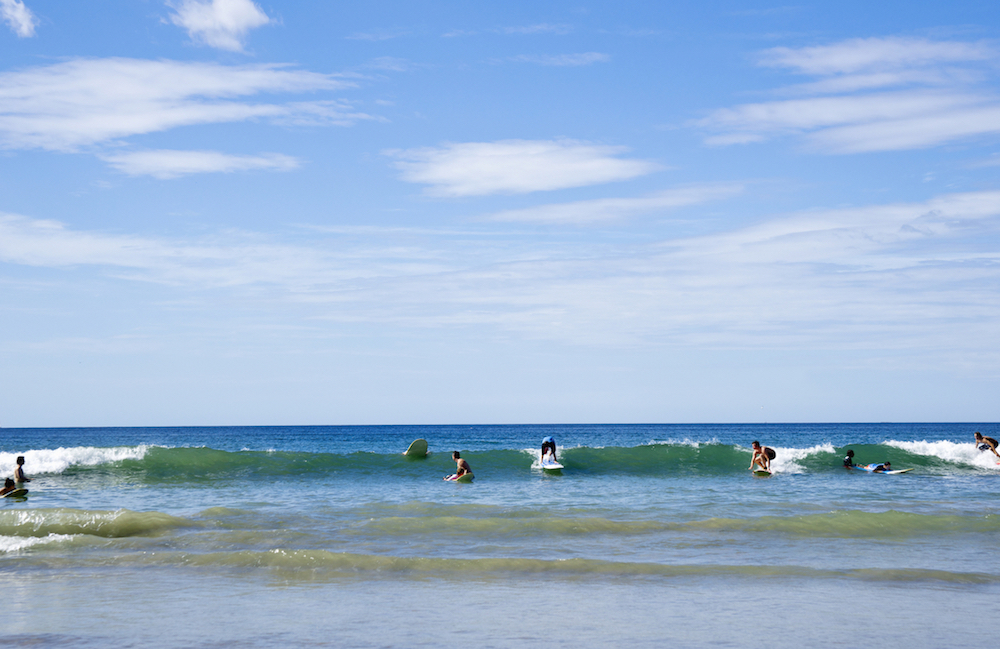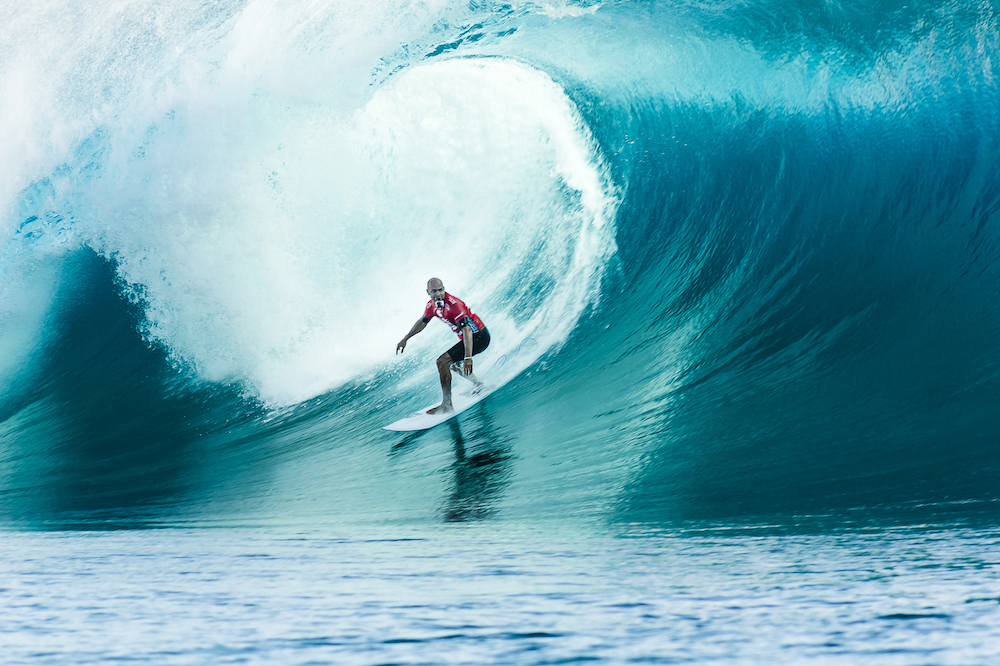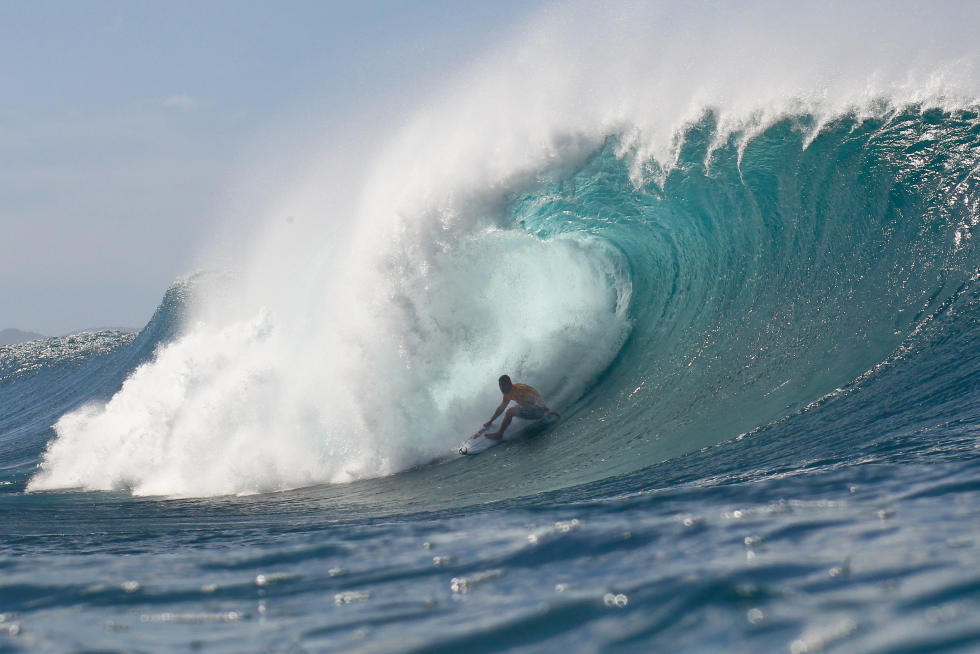Surfing, the sport of kings. Or, if you subscribe to Noel Gallagher’s school of thought, the sport of arseholes!
Perhaps you are a king, or an arsehole, or both, and reckon this surfing lark might be for you? Or maybe you fit neither description, but fancy giving it a bash regardless? What follows is a guide to surfing for beginners — a brief introduction to the matriarch of the boardsports family, from whose loins sprang such illustrious offspring as skateboarding, snowboarding, golfboarding, scrabble, etc. Obviously it doesn’t actually contain “everything you need to know” about surfing, but maybe, say, a solid 35% of it, along with a few select nuggets of non-essential information.
Surfing For Beginners: History of Surfing
The history of surfing — from its not-so-humble beginnings in Polynesia, where the activity was closely bound up with social class and customs, the nobility enjoying exclusive rights to the best surfboards and best waves; to its discovery and subsequent suppression by the conquering White Man in the 18th and 19th century; to its resurgence in the first half of the 20th century thanks to Olympic swimming champ Duke Kahanamoku, and the hedonistic counter-culture it spawned in the second half; all the way up to the contemporary clusterfuck in which information on what and how and when to surf is freely available on the internet — is wonderfully rich and varied. It is probably more interesting than the history of, say, badminton, at any rate.




